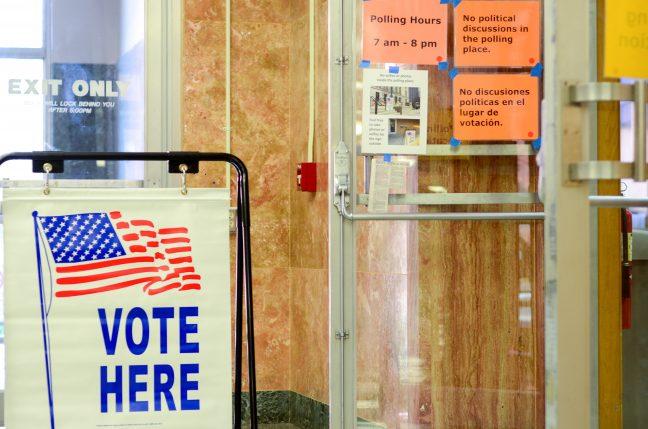A recent study published by the University of Wisconsin Election Research Center reported more than 16,000 Wisconsinites may have been deterred from voting.
UW political science professor Kenneth Mayer authored the study, which was paid for by the Dane County Clerk’s Office.
The report surveyed voters in Dane and Milwaukee counties who did not vote in the 2016 presidential election, and aimed to understand the reasons for why they did not vote.
According to a press release, the Voter ID law may have deterred 16,801 people in the two counties.
Furthermore, as many as 9,001 people were prevented from voting because they either lacked proper forms of identification or did not have the resources to obtain one.
Homeland Security confirms Russians did not tamper with Wisconsin voting process
Barry Burden, a UW political science professor and the director of the Elections Research Center, said once the Voter ID Law went into effect, it presented voting barriers for the public.
“The study that Ken Mayer did and other surveys … show that the public is not fully aware of what their requirements are,” Burden said. “Given the importance of the right to vote, I think we want to make sure that the public knows exactly what’s required of them.”
Burden said there wasn’t enough money spent on the public education campaign for the new Voter ID Law, which might have led to some of the confusion.
In the same vein, the lack of public education manifested itself through voters possessing false beliefs about voting laws, Mayer said in an email to The Badger Herald.
“Most people who said they were deterred actually did possess a qualifying ID,” Mayer said. “Confusion is a known consequence of ID laws — when people who could vote mistakenly believe they can’t.”
Mayer’s study also suggested voter disenfranchisement from the Voter ID Law affects certain demographics differently. More often, it negatively impacts those living in urban areas, African-Americans and other minority voters, college campus student residents and low-income populations.
In regard to the urban population claim, Mayer said his study is not able to make statements about what happened outside of Dane and Milwaukee County.
But Burden thinks that evidence he has seen from other studies is enough to reason these effects are occurring for citizens living in other urban populations.
“The evidence I’ve seen suggests that it’s more of a hurdle for people in urban areas,” Burden said. “People in urban areas are more likely to walk or take public transportation, so they’re less likely to have a current driver’s license and a driver’s license is the most common form of ID used by voters.”
UW looks to encourage civic duty through Big Ten voting challenge
The study noted a statistically significant difference between the number of African-American voters and white voters affected by voting laws.
Though percentages of minorities may have been too low to draw conclusions from the data, Mayer said minority voter disenfranchisement is a well studied issue.
“This is again a well known consequence,” Mayer said. “Vulnerable populations, such as minorities or low-income individuals, are less likely to possess ID and more likely to be affected by ID laws.”
Burden emphasized while it is important to focus on the individuals who are disproportionately affected by the laws, the overall effects the Voter ID Law has on citizens’ constitutional right to vote should be noted.
Instead of thinking about whether or not the number affected the election outcome, Burden said the “fundamental issue” is whether or not the ID law makes voting harder.
“In the end, the number may have been big enough to affect the election outcome, but I think the more important concern is whether the ID law is burdening the right to vote,” Burden said.














